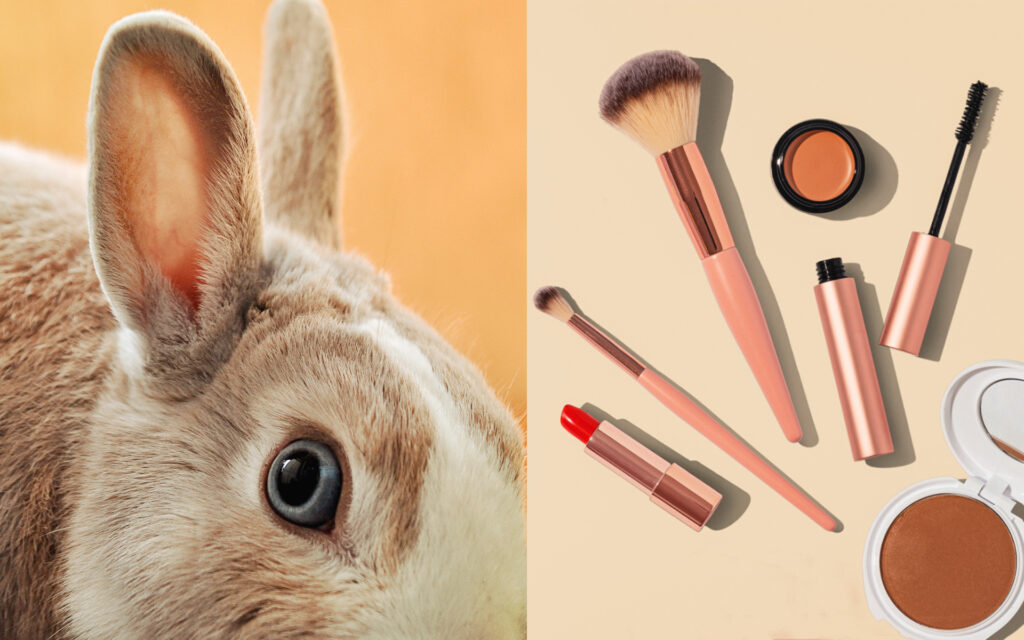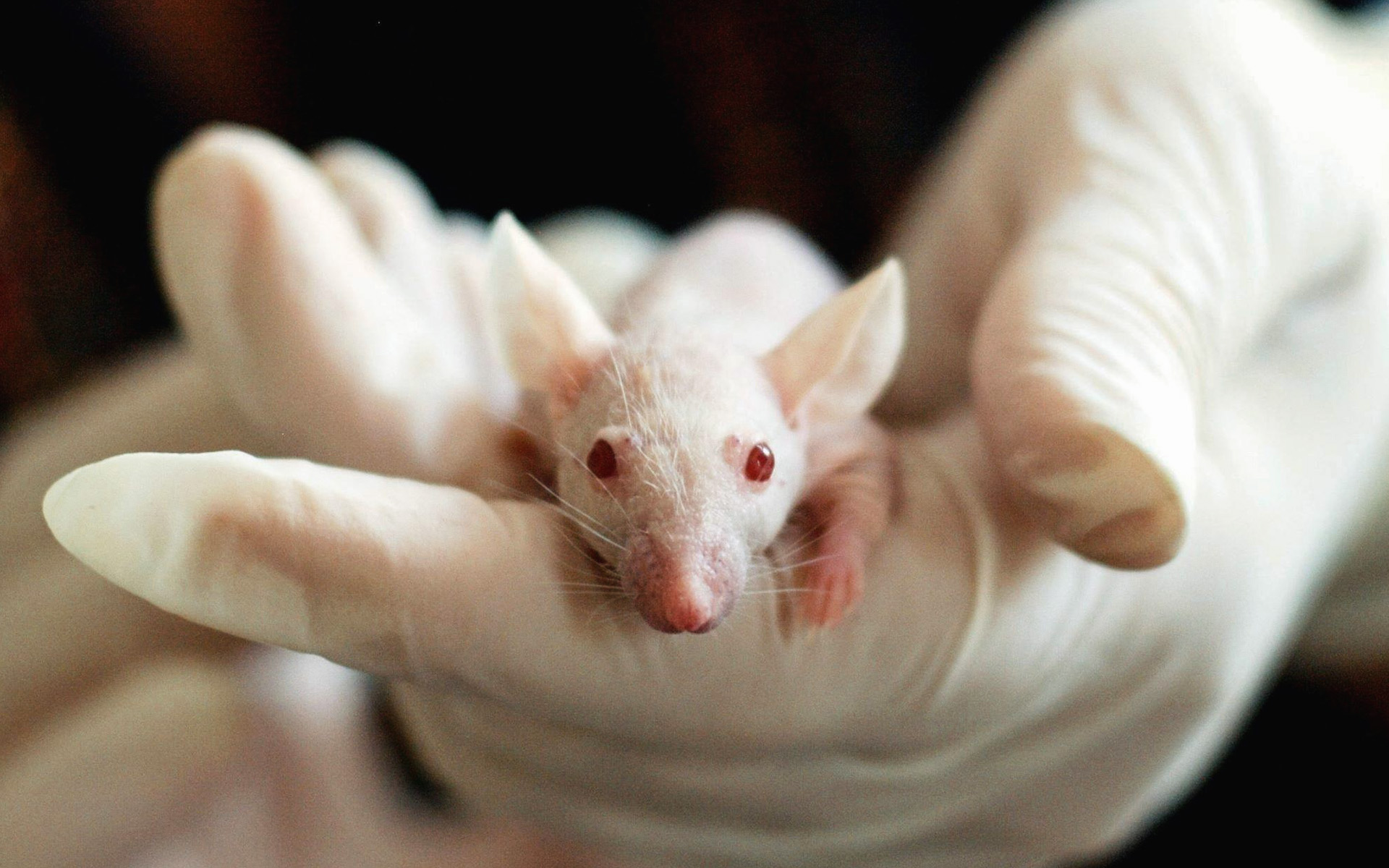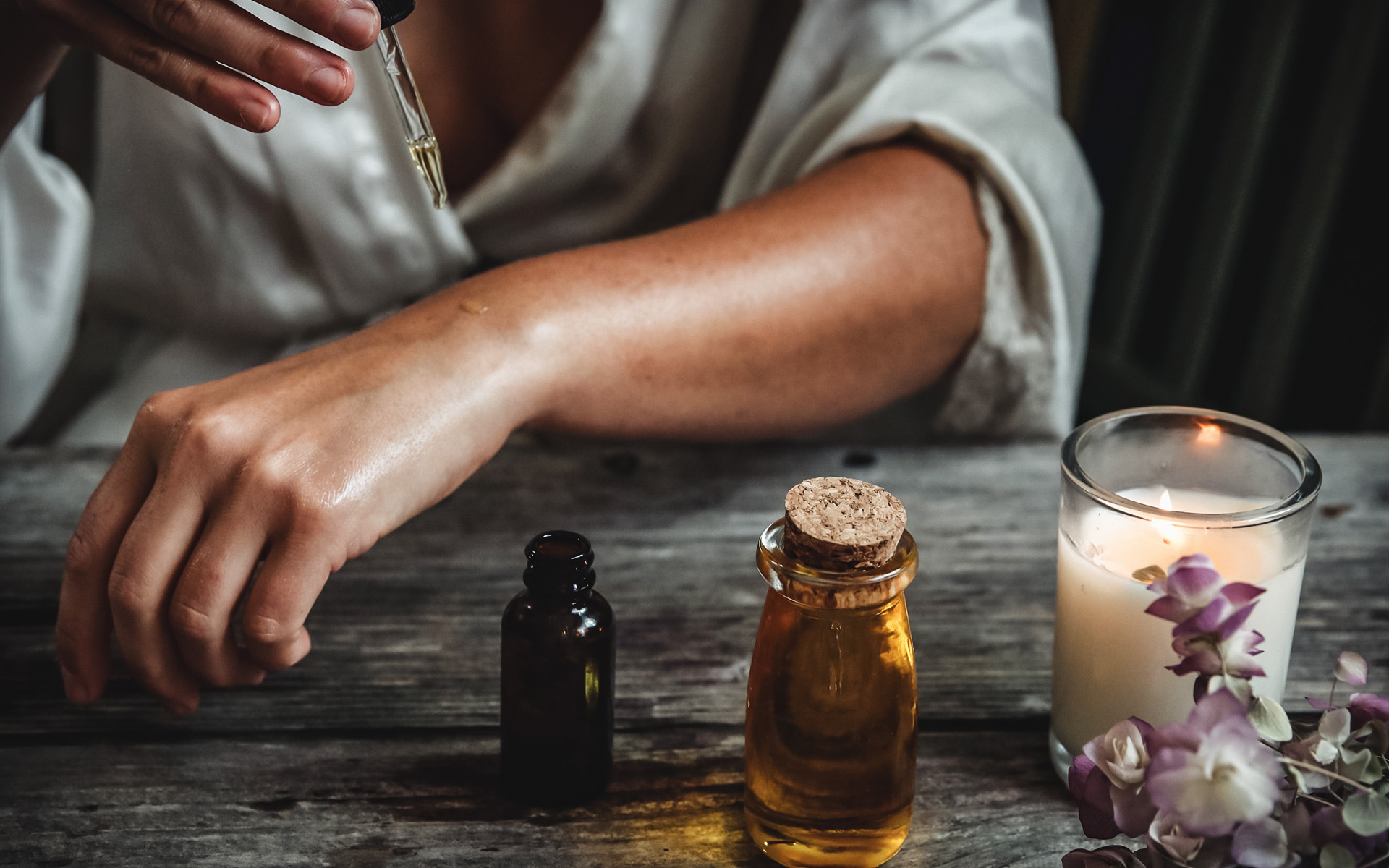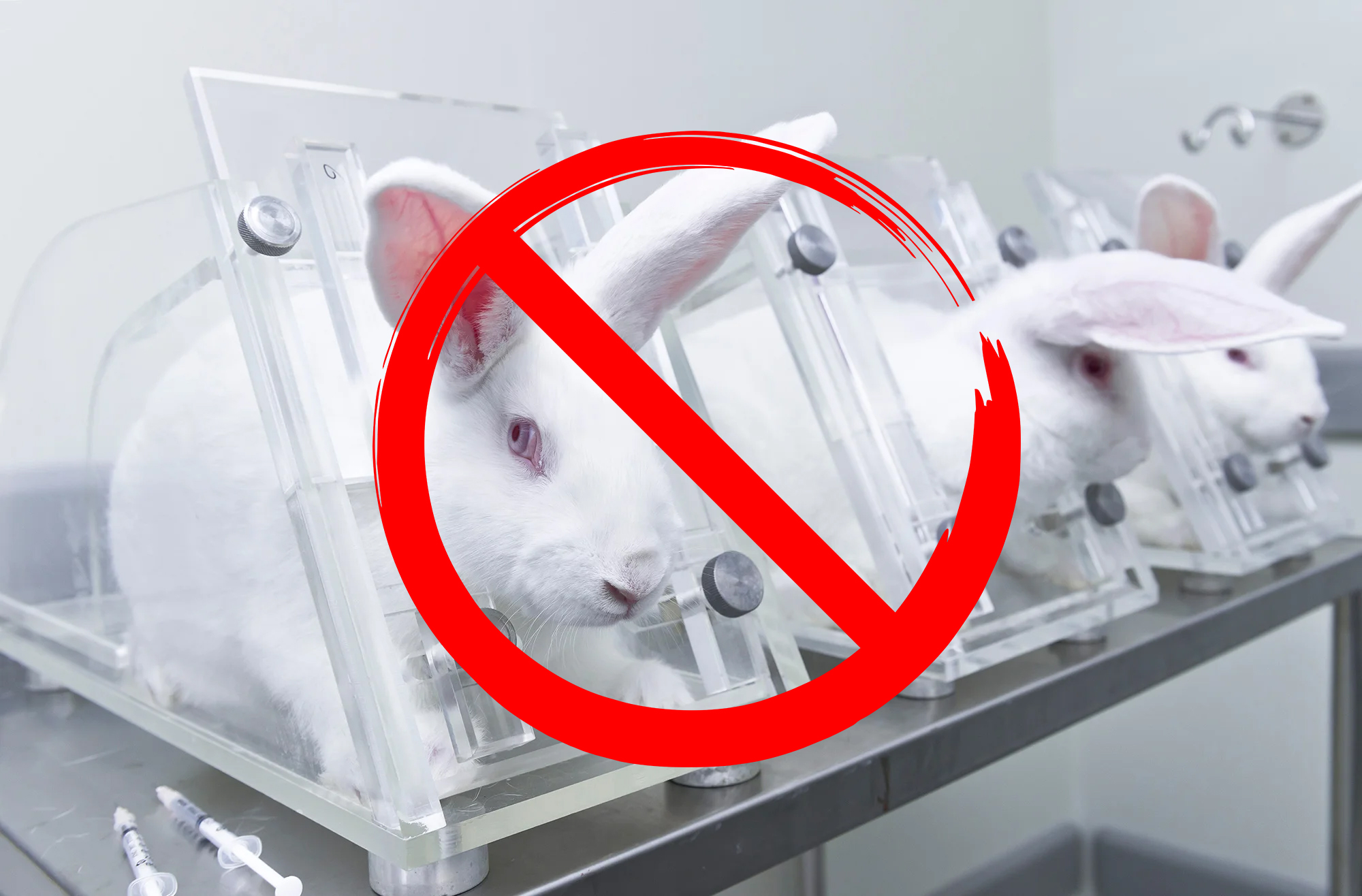The cosmetics industry in the European Union is the largest in the world, followed by the United States, China, Japan, and Brazil. According to the Spanish National Association of Perfumery and Cosmetics, it is a market that employs thousands of people and reaches a volume of around 80 billion euros per year.
However, it is not all good news. We have all seen some posts or images about the use of animals in cosmetic tests, medicines, or surgical procedures. These invasive and cruel tests cause stress, suffering, disease, and even death to the animals.

The cosmetics, pharmaceutical and biochemical industries lead the way in the use of animals for laboratory testing to verify that products are suitable for humans. The animals most commonly used for these practices are rats, mice, monkeys, rabbits, dogs, cats, birds, and amphibians as well.
Some of the laboratory tests consist of placing products (creams, shampoos, soaps, laundry bleach, perfumes, or make-up) in the animals’ eyes to determine how irritating a substance is. Different preparations are also applied to their shaved skin and mucous membranes to test for possible allergic reactions.
EU Regulation No. 1223/2009 on cosmetic products
Within the European Union, animal testing for the manufacture of cosmetics was banned in 2004. In 2009 the marketing of products containing ingredients tested on animals was made illegal. However, the total ban on animal testing came into force in the EU in 2013. This regulation ensures that products are safe for human health, considering animal welfare as well. In addition, regular audits are carried out to monitor compliance with the regulations.
Despite this, several animal rights organizations denounce that these cruel practices are still carried out in EU countries and demand compliance with the law.
Irregularities in the regulations
In 2021, the NGO Cruelty Free International denounced animal mistreatment in the laboratories of a company in Madrid. Through hidden cameras, one can see animals mistreated and tortured inside the laboratory. In the same year, a request for registration of a citizens’ initiative called ‘Stop cruelty in cosmetics, for a Europe without animal testing’ was submitted to the European Commission. They asked the Commission to protect animals and to reinforce the ban on the use of animals in testing. The citizens’ initiative argues that:
Animals should not suffer or die because of cosmetics.
Citizens’ Initiative
The components of cosmetics are potentially toxic to humans, so they must be submitted to the Register of Evaluation, Authorization and Restriction of Chemicals (REACH). Given this risk, Law No. 1223/2009 allows certain products to be tested on animals for human safety.

According to Cristina Ibañez, coordinator and legal advisor of the NGO Animanaturalis International, “there is a regulatory loophole that allows these practices to continue”. Cristina explains that animal testing is prohibited for cosmetic purposes but is permitted for therapeutic purposes. For example, “an anti-dandruff shampoo could be considered a treatment and could be tested on animals, as it is not purely cosmetic”. As a result, certain companies continue to experiment on animals despite their prohibition. In addition, many products that are marketed as cruelty-free may contain ingredients purchased in countries where animal testing is carried out. Finally, the activist clarifies that it is necessary to invest in research and development so that these practices are completely uprooted.
In response to this citizens’ initiative request, the European Commission has issued a statement. It has committed to developing a roadmap to end animal testing. It has also proposed to set up a scientific committee to advise and research non-animal approaches to work. And finally, it has decided to organize workshops with experts to assist in the transition to animal-free science.
How do we recognize cruelty-free products?
The three most internationally known identifications or logos are Leaping Bunny, PETA, and CCF (Choose Cruelty Free). Their certifications are used in cosmetics as well as in cleaning products. They are guaranteed to be free of animal abuse at all stages of production. The requirements of these certifications are very strict and vary according to each organization. They include independent audits; cruelty-free practices in place for at least one year; and commitments and contracts that are regularly renewed to ensure that they meet the proposed requirements.
What are the natural alternatives to animal testing and abuse in the beauty industry? The Kuntu case
One of the options is to use natural, vegan, and ecological cosmetics. A clear example of this is Kuntu. It is a 100% natural, sustainable cosmetics company, with artisanal production methods and, of course, respectful of animals and the environment.
Let’s leave a footprint on people, not on the planet.
Kuntu
This firm makes clear its goal of caring for and respecting nature and users. Using products without toxic components and free of animal cruelty.
Their beauty products use quality raw materials and organic, vegan, and preservative-free ingredients. In addition, their containers and packaging are recyclable and reusable. They are ocean-friendly, versatile, and functional cosmetics. Its products include facial, hair, and body cosmetics.
This company has been awarded six times in the Organics Clean Awards for its social and ecological commitment and the quality of the brand.

In short, it is necessary to use products free of animal abuse and demand our representatives to control the cosmetics industry procedures. It is also very important to raise awareness among the population to eradicate animal cruelty in laboratories. Are we willing to collaborate?





